News
Issues affecting the wine industry and the wine you drink
-

The Bibendum Wine Trend Report and What it Means for UK Wine Lists
Bibendum’s new Wine Trend Report 2026 argues that UK hospitality venues have had a tough year, with restaurants driving declines as consumers cut back on eating out and with added headwinds around younger drinkers entering the category. The report frames this as a moment where tighter spending and changing occasions can still create opportunities for…
-

Light Strike Can Cause Wine Degradation in Just One Day
Light strike is a well-known but often underestimated cause of wine spoilage, particularly in white and rosé wines. Despite increasing awareness, it’s becoming more common to see wines displayed under feature lights in both supermarkets and hospitality settings. Some retailers are even installing lighting within wine racks to make displays more appealing, likely unaware that…
-

How Fine Wine Tastes Have Changed
A new report looks at 10 years of wine drinking at 67 Pall Mall London using sales data, a member survey and a round table. It finds members moving beyond a Bordeaux, Burgundy, Champagne core into regions such as South Africa, England, Piedmont, Germany, Austria, Spain, Portugal and Greece, mainly in search of value and…
-
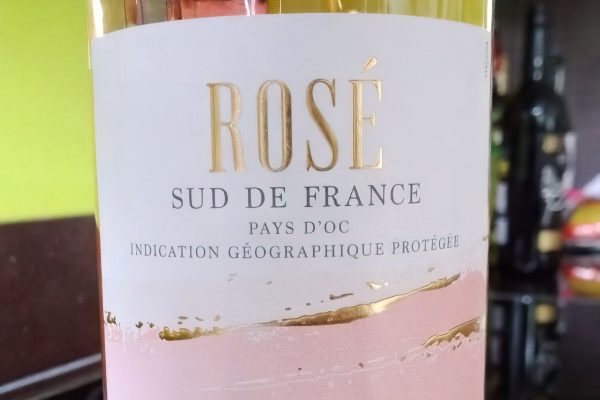
Sud de France Label Will be Banned
From the 2025 vintage onwards, the Sud de France label will be permanently banned from wine bottles, after a ruling by the Conseil d’État on 3 December 2025 confirmed that the term does not meet the criteria for a recognised geographical indication under EU rules. The label, launched in 2006 to promote wines from what…
-
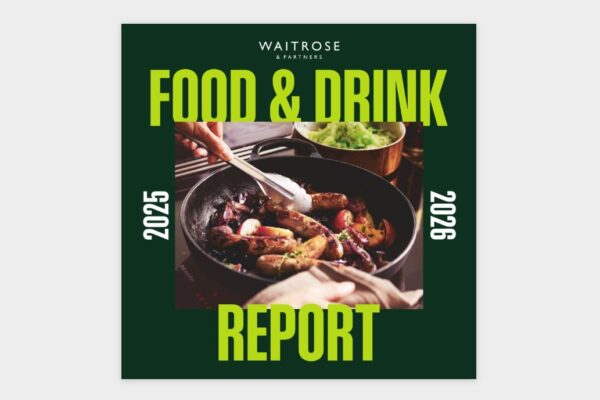
Waitrose Insights into How Wine is Evolving
The latest Waitrose Food & Drink Report paints a vivid picture of how wine drinking in the UK is evolving, revealing a shift in taste, attitude and even climate that is reshaping the nation’s habits. Waitrose surveyed a panel of 4,393 customers, in September 2025, for the insights in this year’s report. It is a…
-
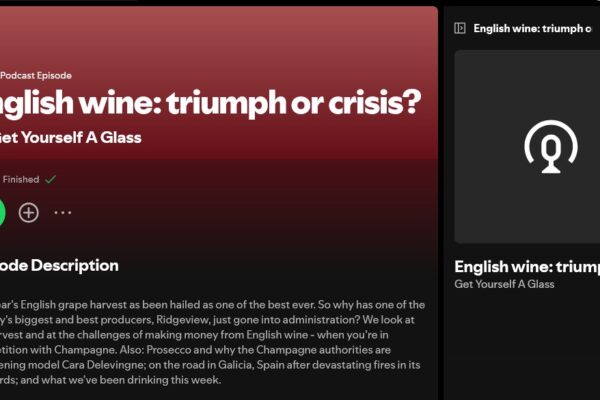
New ‘Get Yourself a Glass’ Podcast
There is a new monthly podcast called Get Yourself a Glass, hosted by Victoria Moore, wine columnist for The Daily Telegraph, and Andrew Neather, former wine critic at the London Evening Standard and author of the book Rooted in Change, which I reviewed recently. In each episode, Victoria and Andrew chat about what they have…
-
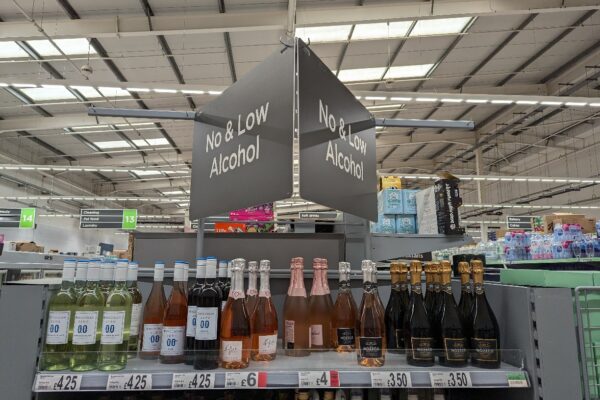
British Consumers More Negative About Non-Alcoholic Wine
A new study investigates how consumers in Australia, the UK and the US perceive and evaluate non-alcoholic wine. It analyses more than eleven thousand online product reviews covering 326 products sold through major e-commerce platforms, applying sentiment analysis, topic modelling and logistic regression to identify what shapes satisfaction and how perceptions vary across markets and…
-
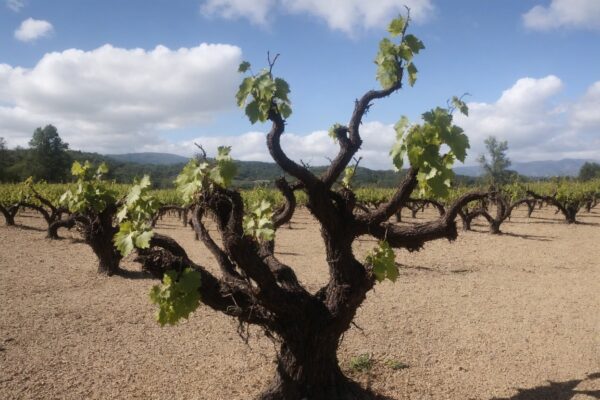
Old Vine Garnacha Scientific Insights
New research from DO Campo de Borja has provided scientific proof that old vine Garnacha produces wines with greater aging potential and stronger site-specific character compared to grapes from younger vineyards. The findings, presented at the Old Vine Conference’s Meeting of the Minds 2025 in northern California, conclude the region’s four-year Garnachas Históricas project, carried…
-
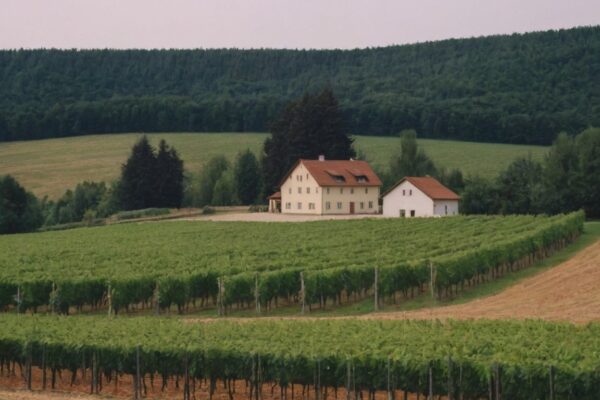
Smallest Vintage in Germany Since 2010
Germany is set to record its smallest wine vintage since 2010, with the nationwide grape must harvest estimated at just 7.3 million hectolitres. This marks a 7% decline compared to last year and a 16% drop against the 10-year average of 8.7 million hectolitres. The sharp reduction is largely due to poor yields in the…
-
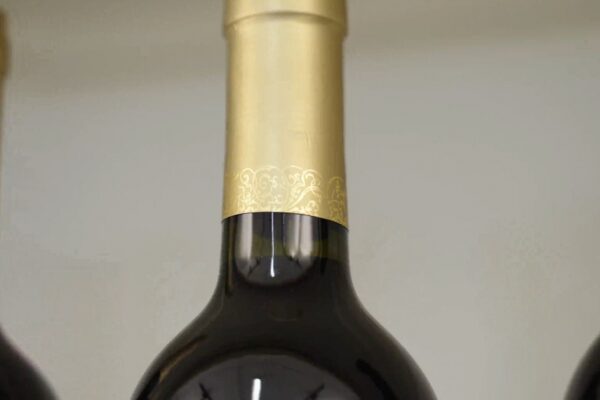
Wine Neck Capsules or No Capsules?
A recent study commissioned by the Crealis Group explored the impact of wine capsules, the foil over the top of wine bottles, on consumer perception and purchase decisions. Traditionally viewed as a purely functional component, the capsule’s potential marketing influence had been largely overlooked. Conducted by SenseCatch, the research used a mix of biometric tracking…
-
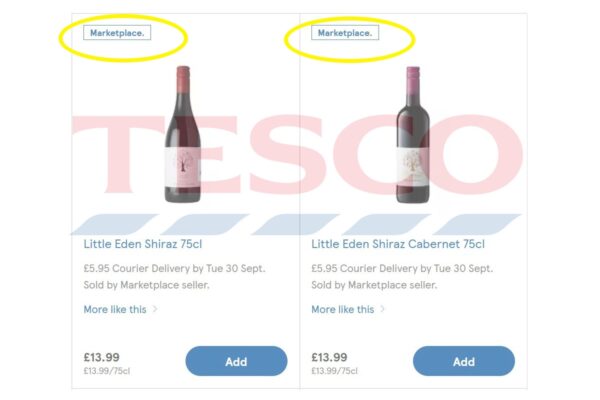
Tesco Third-Party Wine Marketplace
I keep track of all the supermarket websites to find wines for my offers page. Something that has been quietly added at Tesco is the integration of online third-party marketplace sellers to include wine. Tesco relaunched its general online marketplace in June 2024, allowing shoppers to buy thousands of non-grocery products from approved partners alongside…
-

Chapel Down Drops £32m Winery Plan But Keeps Sales Sparkling
Chapel Down is one of England’s leading winemakers, based in Kent at the heart of the country’s wine-growing region. Best known for its award-winning sparkling wines made in the traditional method, it also produces still wines and runs a visitor centre with tours and tastings. Over the past two decades, Chapel Down has helped put…
-

Champagne Foil Debate Ends as Tradition Yields to Choice
The Drinks Business is reporting that the Comité Champagne has dropped its opposition to an EU ruling that makes neck foils on Champagne bottles optional, concluding after new research that removing them neither harms sales nor damages the region’s image. The decision follows years of debate across the sparkling-wine world. English producers have argued that…
-

Spain’s Wine Industry at a Red-White Crossroads
The American Association of Wine Economists recently posted a chart showing Spain’s wine production has been declining and it has also shifted away from red. Spain’s falling output is mostly a climate story, amplified by weaker demand and policy responses. After peaking in 2018, production has trended lower as drought, heat and erratic rainfall have…
-

Bordeaux Royalty Chooses Vin de France
Château Lafleur has fired the starting gun on one of the most consequential shifts in modern Bordeaux. In a letter dated Sunday 24 August 2025, the Guinaudeau family confirmed that, from the 2025 harvest, all six of the estate’s wines will drop the appellations of Pomerol and Bordeaux and be labelled Vin de France. For…
-

Climate Change Fuels Rise of Non-Vintage Wines
The BBC is reporting that climate change is leading more winemakers to produce non-vintage still wines, blending grapes from different years to cope with increasingly unpredictable weather. While vintage has long been seen as a mark of quality, extreme conditions like heatwaves, wildfires, and frosts are making single-year production more difficult. To maintain consistency and…
-
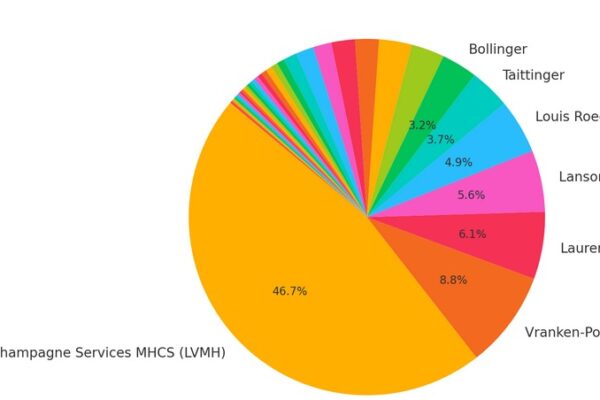
Insights into the Champagne Market
The American Association of Wine Economists recently shared an enlightening table of the main champagne houses by turnover. The 2024 champagne market was worth roughly €3.92 billion. Moët Hennessy alone commands nearly 46.66% of the market, with the top three producers together holding about 61.59%, and the top five controlling over 72.1%. The median turnover…
-
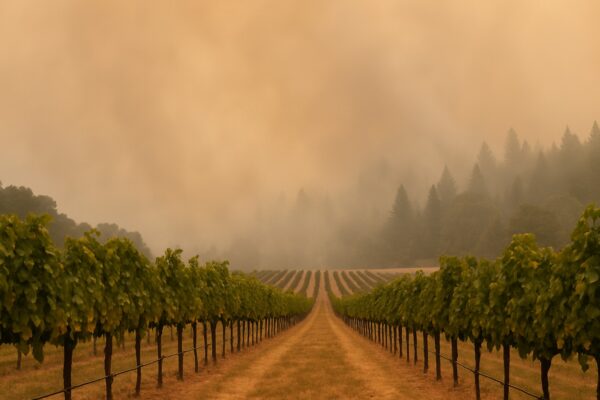
How Wildfire Smoke Affects Wines
A new study by resarchers at USA Oregon State University looked at why some red wines, especially Pinot noir, can taste ashy or smoky if the grapes were exposed to wildfire smoke before harvest. When grapes are exposed to smoke, they absorb certain chemicals that later end up in the wine. These chemicals include volatile…
-
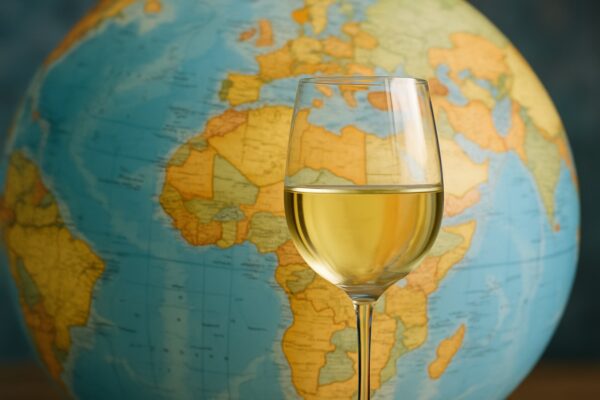
Shifting Tastes in a Changing Global Market
The IWSR Global Trends Report 2025 highlights a number of developments that reflect a complex and evolving wine marketplace, shaped by economic, social and technological forces. Premiumisation remains a feature of the wine category, but it is no longer uniform. Economic pressures and changing values mean consumers are increasingly selective, opting for premium wines in…
-
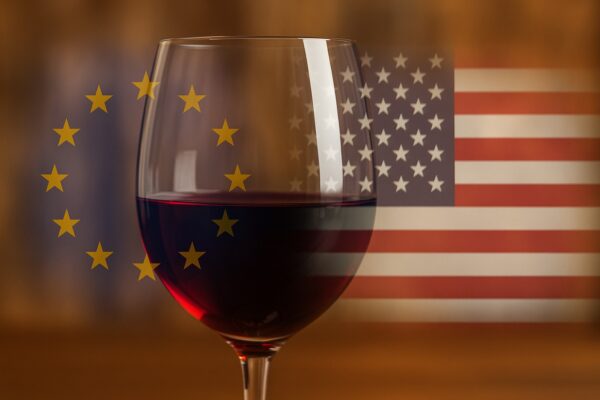
US 15% Tariff Looms Over EU Wine and Spirits
The Financial Times is reporting (paywall) that the United States is set to impose a 15% tariff on European Union wine and spirits from Friday 1st August 2025, despite lobbying by France and Italy to exempt these products. The European Commission confirmed that while some goods, like aircraft and cork, have secured exemptions, wine and…
Did You Know?
For Crémant, grapes must be harvested by hand and the wines must undergo at least nine months’ ageing before release. More
In 2024, the UK was the second-largest export market for Champagne globally, after the United States. More
Local UK bottling of wine represents about 40% of imported wine. More
Around 1% of people, typically severe asthmatics, have a sulphite sensitivity. More
A large 80% of Australian wine arrives in the UK in bulk. More
Only about 0.02% of Australia’s landmass is dedicated to vineyards. More
In 2024, New Zealand produced only 1% of the World’s wine. More
In 2024, the US imported 37% of World production of Pinot Grigio and the UK was is in second place at 27%. More
In 2024, the UK was South Africa’s largest export market, with 40% of total exports. More
In 2024, the United Kingdom imported 22.3 million bottles of Champagne, a decline of 12.7% compared to the previous year. More
Larger Champagne producers source grapes from as many as 80 different vineyards throughout Champagne. More
Champagne houses and growers collectively produce around 300 million bottles annually. More
In 2025, the Champagne region was home to about 2,124 Champagne houses and approximately 19,000 growers. More
Provence is one of the leaders in the conversion to organic viticulture, with 61% of vineyards certified. More
8% of the South Africa’s grape production is Fairtrade-certified. More
Up to 80% of wine aroma compounds come from grape skins. More
Glycerol is the third-largest component of most dry wines after water and alcohol which is why they so often feel ‘smooth’ or ‘silky’ in the mouth. More
Humans are more than 400 times more sensitive to bitter than sweet. More
Humans can detect the earthy molecule geosmin at about 100 parts per trillion and camels are so sensitive to it they can locate damp ground from roughly 50 miles away. More
During the phylloxera crisis of the nineteenth century, 90% of Europe’s vineyards were destroyed. More
In 2025, for La Vieille Ferme, also known as “The Chicken Wine”, sales surged by 49.4% to £110.8 million. More
In 2025, in the UK, Yellow Tail held the top position with sales, marking a 9.8% increase over the previous year. More
In 2024, the UK was the second-largest wine importer in volume and value. More
In 2024, the UK was the fifth-largest wine-consuming country globally. More
In 2025, global wine consumption continued its downward trend, estimated at 214.2 million hectolitres, the lowest since 1961. More
In 2025, online alcohol sales had a 20% increase in value over five years. More
In 2025, the number of UK vineyards rose to 1,104 and wineries to 238, with land under vine expanding to 4,841 hectares, a 510% increase since 2005. More
Moët Hennessy alone commands nearly 46.66% of the Champagne market, with the top three producers together holding about 61%, and the top five controlling over 72%. More
In 2024, the Champagne market was worth roughly €3.92 billion. More
In the marketing year 2023/24, white wine accounted for roughly 55% of Spain’s output, whereas red and rosé together made up about 45%. More
In the UK, 92% of wine is consumed within 48hrs of purchase. More
The majority of wines, 95%, use commercial rather than wild yeast. More
Between 0.5 and 10 litres of water, per litre of wine, are needed for cleaning during winemaking. More
Machine harvesting can achieve up to 100 tons of fruit per day vs 1 ton for a human. More
In Germany, 2025 was the smallest wine vintage since 2010. More
The majority of vineyards, 90% in 2019, are farmed with heavy chemical interventions. Only 6% are organic. More
90% of low and coastal areas in south Europe and California will no longer be able to produce good wine by the end of the century. More
Tools
Recent
-

Poulsard Fruitiere Vinicole D’Arbois
-

Iskar Rară Neagră
-

The Bibendum Wine Trend Report and What it Means for UK Wine Lists
-

25% Off Specially Selected Wine at Aldi
-

Moillard Crémant de Bourgogne Chardonnay
-

Light Strike Can Cause Wine Degradation in Just One Day
-

Château Méaume Matured Bordeaux Supérieur
-

Surani Costarossa Primitivo di Manduria
-

Traditional Method
-

€0.01 Bottle of Wine in French Supermarket
Tags
25% Off Wine Aldi Amarone Argentina Articles Asda Australia Award Awards25 Bibendum Bizarre Blog Books Bordeaux Cabernet Sauvignon Carménère Cava Champagne Chardonnay Chile Climate Change Coop Costco Decanter Duty English Wine EPR Events Fairtrade Food France Furmint Germany Glossary Greece Headaches Health Hungary Italy IWSC Jeroboams Laithwaites Legislation Liberty Wines Lidl Low Alcohol M&S Majestic Malbec Merch Merlot Morrisons Natural News New Zealand Non-Alcoholic Ocado Old Vine Organic Past Tastings Pinotage Pinot Noir Port Portugal Primitivo Prosecco Regulations Reviews Ribera del Duero Riesling Rioja Ripasso Rose Sainsbury's Saperavi Sauvignon Blanc Shiraz Sicily South Africa Spain Sparkling Supermarkets Sustainable Tax Terroir Tesco The Wine Society Unrepresented USA Valpolicella Vinho Verde Virgin Wines Waitrose Wanderlust Welsh Wine What to Buy Wine Art WineGB WIne Glasses Zinfandel



